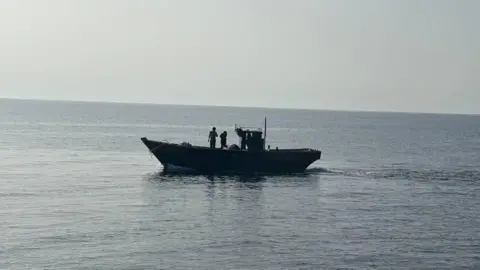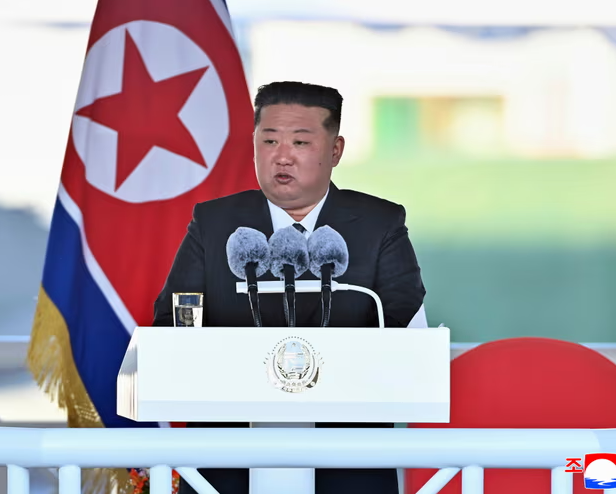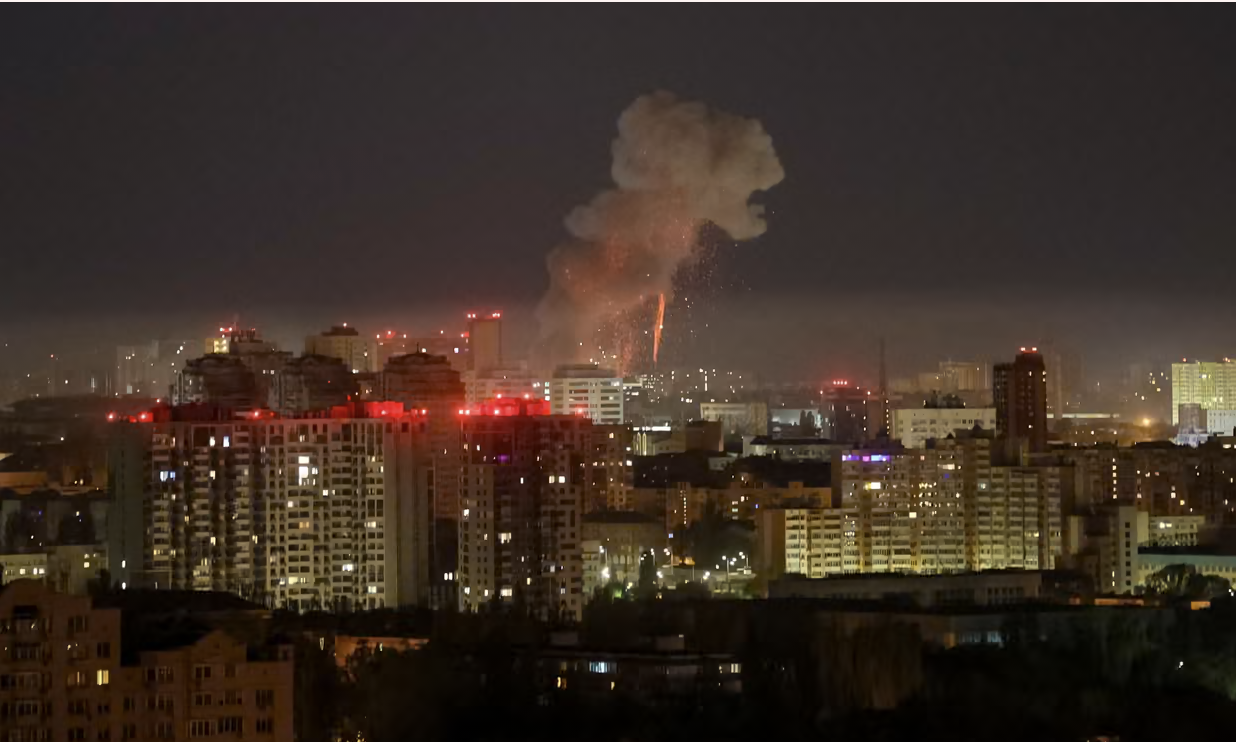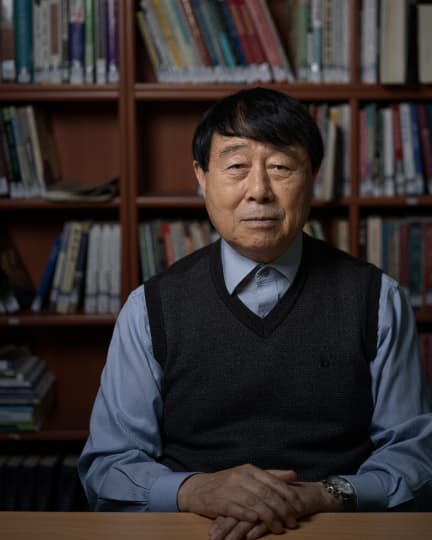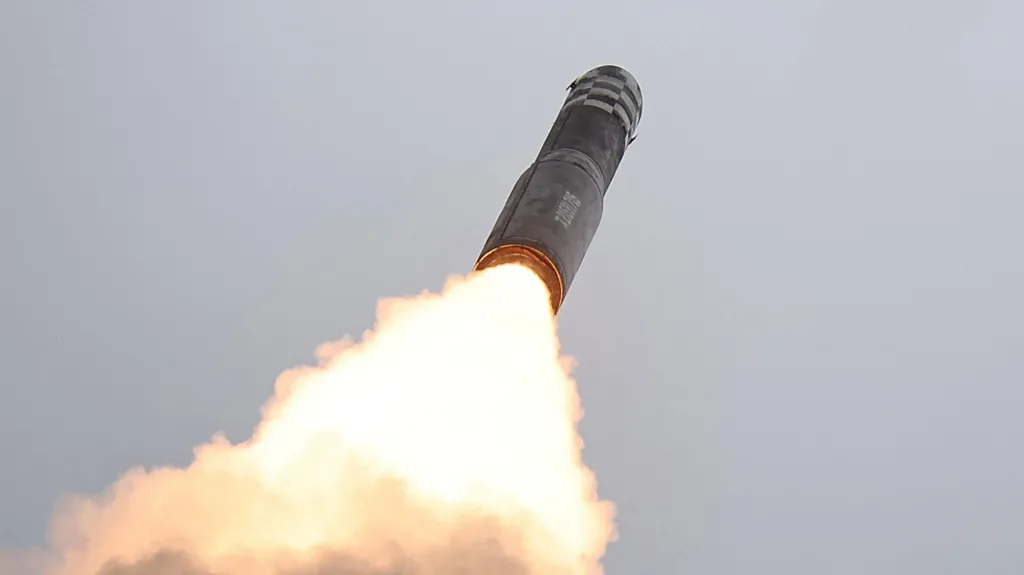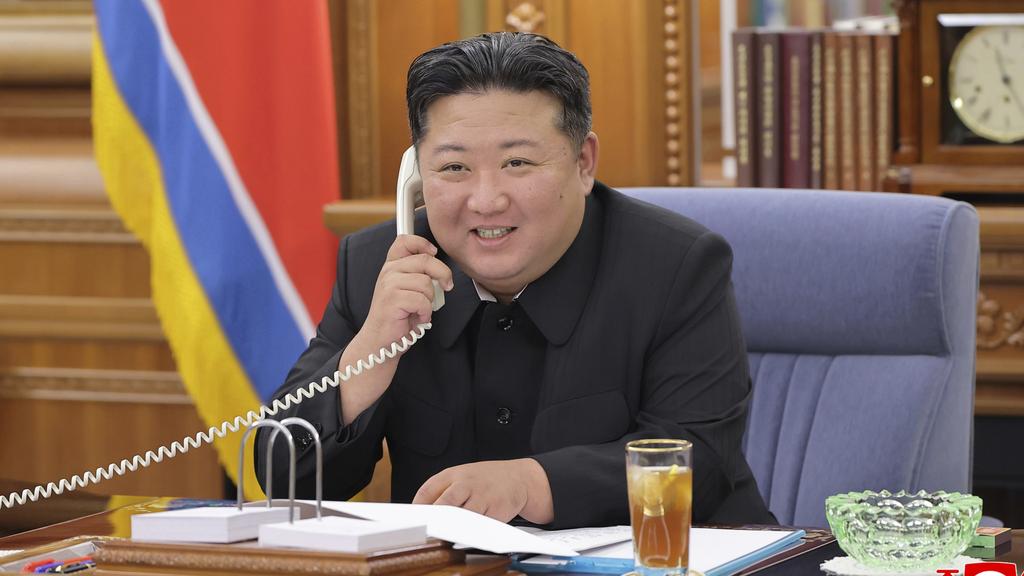
This article is more than
8 year oldPictures show North Korea on war-footing, as US sets up missile defence in South
NORTH Korea has released alarming photographs of its artillery drill this week that depict the rogue state showing off its considerable firepower.
In a defiant response, South Korea has announced that key parts of a US missile defence system have been installed to defend itself from any provocation from the North.
Pyongyang conducted its “largest ever” military demonstration near the eastern coastal town of Wonsan on Tuesday to mark the 85th anniversary of the founding of the Korean People’s Army.
North Korean leader Kim Jong-un supervised the display and gave the order to start the fire demonstration, according the state-funded Korean Central News Agency (KCNA).
The display included 300 “large-calibre” self-propelled guns lining up along a beach and firing all at once.
The drill was designed to simulate an attack on enemy warships and also involved submarines firing torpedoes and low-flying jets dropping bombs.
Darwin aiding US war preparation: North Korea

KCNA, which is responsible for distributing Pyongyang propaganda, said Mr Kim was pleased with the display.
“Watching the exciting scenery, he praised the seamen of submarines and pilots for hitting targets every time,” the agency wrote.
“The brave artillerymen mercilessly and satisfactorily hit the targets and the gunshots were very correct, he said, adding that they showed well the volley of gunfire of our a-match-for-a-hundred artillery force giving merciless punishment to the hostile forces.”


South Korea has responded to the show of force by talking up its progress in setting up the controversial Terminal High-Altitude Area Defence system (THAAD), which is designed to shoot down a North Korean ballistic missile.
The parts of the system installed in the country’s southeast included two or three launchers, interceptor missiles and an X-band radar, according to South Korea’s Yonhap News Agency.
The parts were seen on six trailers entering a civilian-restricted area in the country’s southeast about midnight on Tuesday.

The system, which has been set up with assistance from the US, is expected to be tested for the first time in early May with a view to make it fully operational by the end of the year.
The full THAAD encompasses three to six truck-mounted launchers that carry about 50 interceptor missiles. This is backed up by a long-range radar, hailed as the world’s most advanced mobile radar.
The installation of the THAAD is opposed by North Korean ally China, which sees the powerful radar as a security threat.

Beijing’s foreign ministry spokesman Geng Shuang has threatened to retaliate if the US does not remove the weapon.
“China strongly urges the United States and South Korea to stop actions that worsen regional tensions and harm China’s strategic security interests and cancel the deployment of the THAAD system and withdraw the equipment,” Mr Shuang said.
“Cancel the deployment of THAAD. Otherwise China will decisively take necessary measures.”
The system has also sparked angry protests from South Korean locals.

The US has stepped up its presence on the Korean Peninsula in recent weeks after North Korea engaged in a live-fire drill, a ballistic missile test and a military parade in its capital. Pyongyang has also threatened to carry out its sixth nuclear weapons test at any moment.
The Pentagon has sent the aircraft carrier USS Carl Vinson to the region, along with a nuclear-powered submarine, the USS Michigan, which will conduct drills with the short-hull destroyer USS Carlson.
The escalating security tensions in the region will be discussed today in Washington in a rare briefing at the White House to be attended by all US senators.


